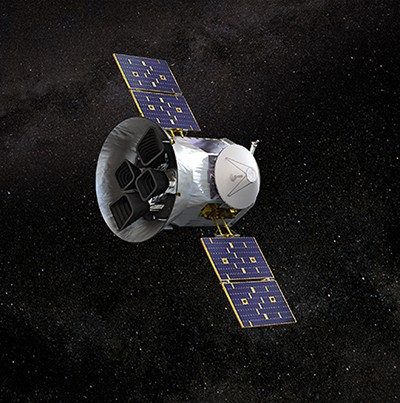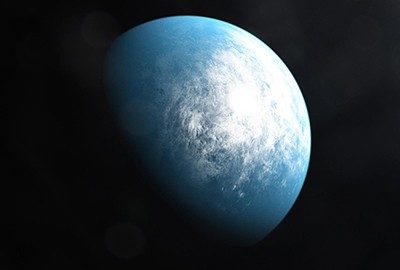Open for Discussion: The Case for Extraterrestrial Teenagers
By Michael Tinnesand | April 2021
If movies and television shows are to be believed, you would think extraterrestrial aliens and encounters with them would be common. Starting with the 1902 film “A Trip to the Moon” through today’s “The Mandalorian,” we have long enjoyed imagining creatures from other planets. The idea that they exist is intriguing, and indeed, many of us believe alien creatures are real. In a recent survey of 24 countries, some 61% of people surveyed said they believe that life exists on other planets, and 47% think there are intelligent civilizations elsewhere in the universe. But believing something is true and proving it to be true are two entirely different things.
According to NASA, no life beyond Earth has been detected yet, and there is no concrete evidence that alien life has ever visited our planet. But could there be alien teenagers on another planet looking out into space, wondering just as we do, about life beyond their planet? If so, how might we find them?
Three main questions help guide our search for extraterrestrial life. The first is: What other planets appear to have conditions that would support life? The second revolves around what that life might look like. And finally, what kind of evidence should we look for to prove life exists elsewhere?


1. Where to look
The universe contains billions of stars, so chances are high that there are planets orbiting those stars that could harbor life in some form. To date, some 4,000 exoplanets have been discovered and confirmed. An exoplanet is a planet outside of our solar system. A study published in 2020 calculated that 24 exoplanets likely have conditions suitable for life, including liquid water and relative warmth. Closer to home, scientists are studying Mars, icy moons in our solar system, and even the atmosphere of Venus for signs of life.
2. Life forms
Among these places, scientists have to ask themselves what life might look like. The most obvious potential answer is that it looks somewhat like life on Earth—that it requires water and oxygen, and is carbon based, among other things.
There is also a real possibility that life on other planets evolved along a radically different evolutionary path that doesn’t naturally exist on Earth. Scientists have recently reported, for example, that E. coli can live in an all-hydrogen or all-helium atmosphere. Hydrogen and helium are far more common in the universe than oxygen.
3. Evidence of life
Given the wide range of possible environmental conditions life can survive in, scientists must get creative in figuring out what chemical clues might suggest the existence of life. Although extraterrestrial life might look very different from what we know, scientists can still make some assumptions based on the traits of Earth-bound beings. They grow, reproduce, adapt, and metabolize food for energy.
When looking for chemical evidence of life, metabolism is of particular interest to scientists. Living organisms use a series of reactions to sustain their lives, and these reactions and their products are different from their inanimate environments. If they release specific molecules that scientists can detect, we might then have a sign of life. On Earth, for example, anaerobic microbes appear to be the only source of phosphine (PH3). When researchers reported identifying phophine in Venus’ atmosphere last year, the discovery sparked debate over whether the planet’s clouds might contain microbes!
But any single bit of evidence won’t necessarily mean we’ve found extraterrestrial life. Making a solid argument that extraterrestrial life exists will require multiple clues that point to one conclusion.
Despite these challenges, many Earthlings maintain a persistent belief that we are not alone. What will be the truth in the end? The matter is open for discussion.
Also In this Issue...
What is Ice Cream?
By Emma Hiolski

To many, ice cream is the quintessential dessert and now comes in as many flavors as you can think of. Explore the chemistry behind ice cream’s deliciousness, and learn how food scientists are trying to make it even better.
*Available by subscription only

